#1815-1905)
Text
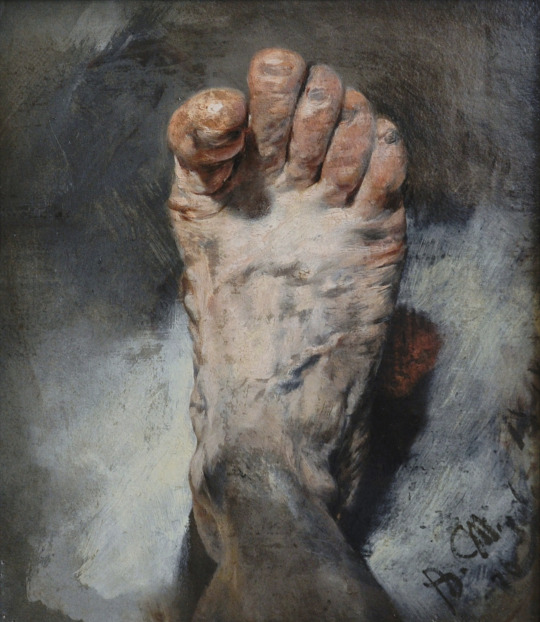
Adolph von Menzel (German, 1815-1905), 'Der Fuß des Künstlers (The Foot of the Artist)', 1876, oil on canvas 38.5 x 33.5 cm
#Adolph von Menzel (German#1815-1905)#'Der Fuß des Künstlers (The Foot of the Artist)'#1876#oil on canvas 38.5 x 33.5 cm
10 notes
·
View notes
Text
Upper Town Zagreb Croatia
Upper Town Zagreb Croatia
Upper Town Vista – Europe’s Best Destinations
Zagreb’s Upper Town (Gornji Grad) has an irresistable “charm,” making it everyone’s favorite part of the city. I wrote a post about Dolac Market, but after more exploring, wanted to elaborate on other well-known points of interest in the area. These attractions include St. Mark’s Church, Kamenita Vrata (Stone Gate), Zagreb Cathedral (Kaptol), Lotrščak…

View On WordPress
#Architect Herman Bolle#Assembly of The City of Zagreb - Gradska Skupština Grada Zagreba#Ban&039;s Court Zagreb#Banski Dvori - Seat of Government of Croatia#Bishop Josip Juraj Strossmayer (1815–1905)#Cardinal Alojzije Stepinac#Constitutional Court of Croatia#Croatian Parliament - Hrvatski Sabor#Croatian President Franjo Tuđman#Croatian President Ivo Josipović#Croatian President Kolinda Grabar-Kitarović#Croatian President Stjepan Mesić#Croatian President Zoran Milanović#Croatian Sculptor Ivan Meštrović#Croatian Writer Antun Gustav Matoš#Dalmatia#Dolac Market#Donji Grad#Emblem of Zagreb#Gornji Grad#Gradec and Kaptol Zagreb#Gradec Hill Zagreb#Grič Cannon#Grič Tunnel#Grič WWII Underground Tunnel#Independent State of Croatia (NDH)#Ivan Kožarić#Kamenita Vrata (Stone Gate)#Kamenita Vrata (The Stone Gate)#Kaptol and Gradec Hills Zagreb
0 notes
Text

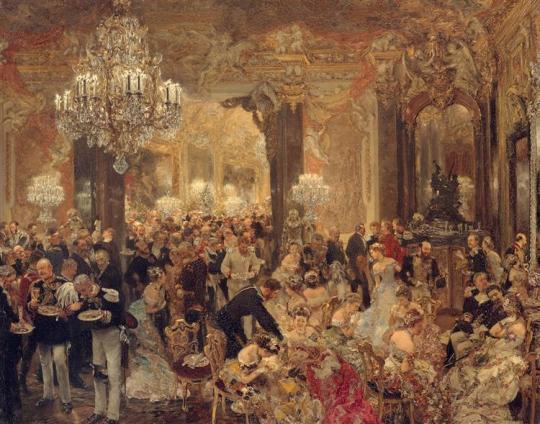
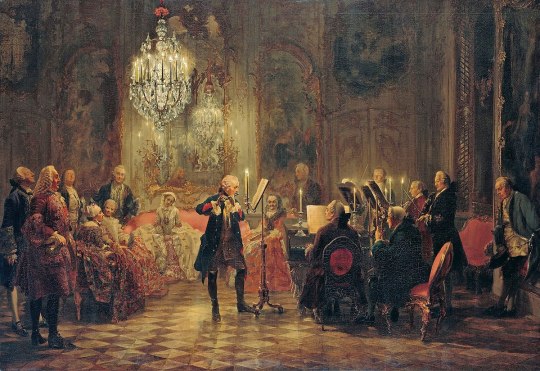
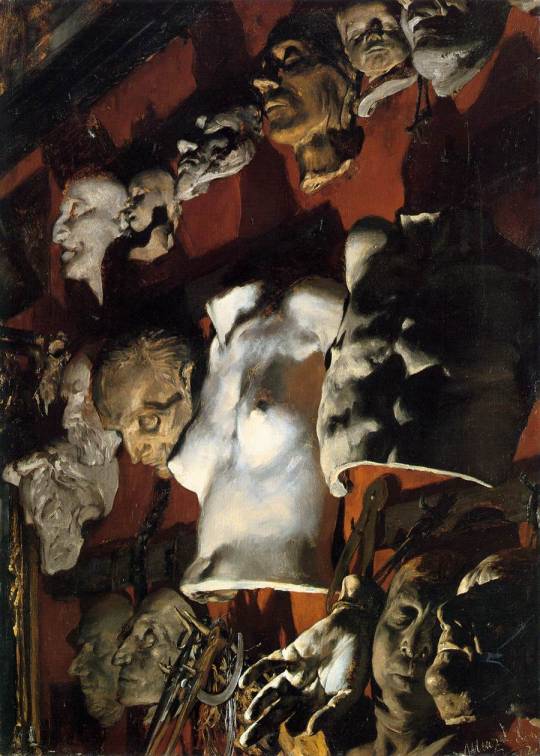

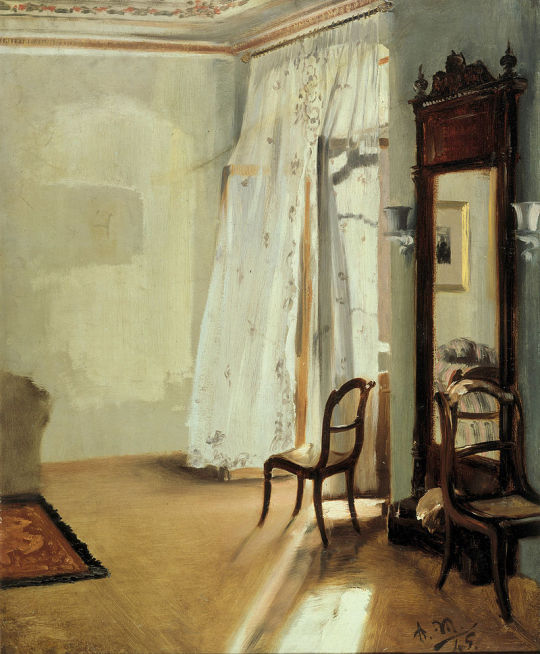
THE QUEST FOR REALITY; ADOLPH VON MENZEL
Adolph von Menzel (1815-1905) was a German painter and printmaker who portrayed life in 19th-century Prussia, historical events, and everyday scenes. He was largely self-taught, and his skills developed practically through lithography and drawing experience.
The Iron Rolling Mill, 1875
This painting captures the intense labour of steelworkers in a Prussian industrial mill. There is a detailed expression, both of the machinery and the workers, illustrating the social condition of working-class people during the Industrial Revolution and Menzel's turn from historical themes to contemporary issues.
The Dinner at the Ball, 1878
It is a portrayal of an elegant high-society scene, coupled with detailed portrayals of fashionable guests and luxurious surroundings, all of which bring out the Biedermeier style. It captures the 19th-century social life, proving Menzel's skill to render social dynamics and intimate moments.
Frederick the Great Playing the Flute at Sanssouci, 1852
It portrays the tranquil scene of Frederick II music-making in his palace. The painting showcases Frederick's dual character as a ruler and as a musician, evincing cultural sophistication and the opulence of his court. The composition is the epitome of Menzel's great admiration for Frederick and his commitment to a history of Prussia done with emotional depth and realism.
Studio Wall, 1872
Menzel painted a nighttime view of his studio wall, with illuminated plaster casts, including death masks and classical figures. This work highlights Menzel's thoughts at the time; he had been ruminating over life and death and artistic posterity. It was a touching memorial to his friend Friedrich Eggers as well as a strong demonstration of his mastery of dramatic lighting.
The Visit From Death, 1844
Death is depicted as a humble professional who is neither wrathful nor unkind. Just simply doing its job and has no ill will for those it visits upon. It even has a sense of respect, taking its clogs off before entering the home. Menzel followed up in 1845 with a hilarious painting that suggests that the arrival of Death isn’t so final after all!
The Balcony Room (1845)
Inspired by his journeys to Paris, Menzel depicts a sparsely furnished apartment full of sunlight. This painting foreshadows impressionist techniques since it's totally oriented with light and atmosphere, marking an important turn in Menzel's career away from historical themes and toward contemporary genre scenes.
136 notes
·
View notes
Photo

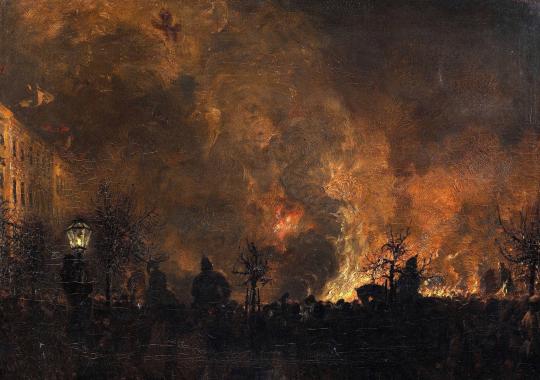
· A torchlight procession of students.
· After the torchlight procession, throwing of the flares on the Dönhoffplatz in Berlin.
— Adolph von Menzel (1815-1905)
1K notes
·
View notes
Text

Adolph Menzel (German, 1815-1905), Study of a Head. Oil on panel_, 10½ x 9¼ in.
64 notes
·
View notes
Photo

Edward Henry Corbould (1815-1905), 'Lord Ullin's Daughter', ''The Book of British Ballads'' by Samuel Carter Hall, 1842
Source
#edward henry corbould#british artists#lord ullin's daughter#the book of british ballads#samuel carter hall#thomas campbell#wood engravings#engravings#vintage art
408 notes
·
View notes
Photo

Adolph von Menzel (German,1815-1905)
A Bearded Man Looking Down and to the Right
Carpenter’s pencil
61 notes
·
View notes
Text

'Head of a Bearded Man' as drawn by German artist Adolph von Menzel (1815-1905).
37 notes
·
View notes
Text

Two Swans. Adolph von Menzel (1815-1905)
via
439 notes
·
View notes
Text
American Bonaparte: Napoléon's Great-Nephew in the President's Cabinet

In June 1815, Napoléon Bonaparte’s bid for continued military glory in Europe was crushed by allied British and Prussian troops at the Battle of Waterloo. Following his surrender, the former Emperor of France had hoped that the British might allow him to live the remainder of his life in exile in the United States. However, Napoléon had already escaped exile once before (from the Mediterranean island of Elba) and once again rallied the French around him in a last-ditch effort to conquer the European continent prior to Waterloo. Unwilling to risk another vanishing act, the British instead banished Napoléon to one of the most isolated places in the world – the remote island of Saint Helena, in the middle of the South Atlantic Ocean, between Africa and South Africa – for the rest of his life.
Some of the Bonaparte family did eventually reach the United States, however. In 1905, President Theodore Roosevelt appointed Charles Joseph Bonaparte (1851-1921), the American-born grandson of Napoléon’s youngest brother, Jérôme, as the U.S. Secretary of the Navy. A year later, Roosevelt shifted Bonaparte from the Department of the Navy to the Justice Department. For the rest of Theodore Roosevelt’s Presidency, the great-nephew of the man responsible for the Napoléonic code was the United States Attorney General – America’s top law enforcement official – where he helped establish the Bureau of Investigation, better known today as the FBI.
#History#Napoleon#Napoleon Bonaparte#Battle of Waterloo#Waterloo#France#U.S. Government#Jérôme Bonaparte#Charles Joseph Bonaparte#Theodore Roosevelt#TR#President Roosevelt#Roosevelt Administration#Cabinet#Presidential Cabinets#Cabinet of Theodore Roosevelt#U.S. Attorney General#U.S. Secretary of the Navy#Attorney General#Bonaparte#Bonaparte Family#Executive Branch#Cabinet Secretaries#French History#FBI#FBI History#Federal Bureau of Investigation#DOJ#Department of Justice#Justice Department
32 notes
·
View notes
Text

Stockade Inn by Paul
Built in 1815 as the headquarters of the Mohawk National Bank. From 1905 to 2003 it was home to the Mohawk Club, then to the Stockade Inn, which closed its doors in 2020. Stockade District, Schenectady, New York.
#photography#new york#new england#Autumn#Autumn Aesthetic#Autumncore#Fall Aesthetic#Autumn Cozy#Fall Blog#Autumn Blog
29 notes
·
View notes
Photo
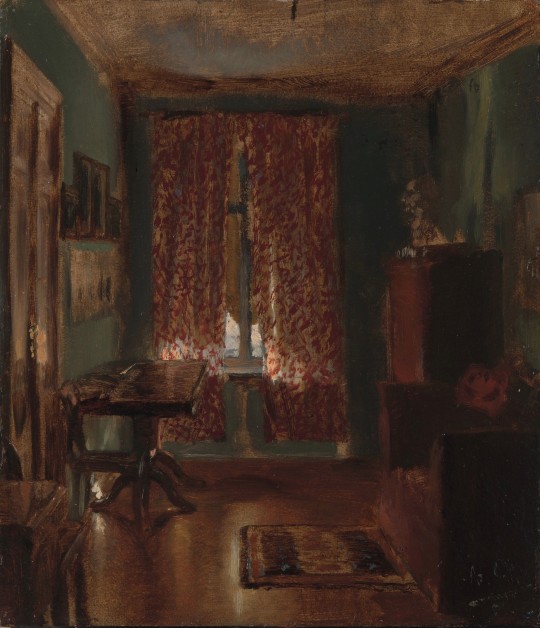
Adolph von Menzel (1815–1905, German) ~ The Artist's Sitting Room in Ritterstrasse, 1851
[Source: metmuseum.org]
154 notes
·
View notes
Text
National Museum of Modern Art Zagreb Croatia
National Museum of Modern Art Zagreb Croatia

View On WordPress
#19th Century Croatian Paintings#and Vladimir Varlaj#Anka Krizmanić#Art Nouveau#Art Secession#Austrian Friedrich von Amerling#Banovina of Croatia#Bela Čikoš Sesija#Biedermeier#Bishop Josip Juraj Strossmayer (1815–1905)#Cézanneism#Classicism#Collection Artists on Artists#Croatia National Museum of Modern Art (NMMA)#Croatian Salon#Croatian Spring Salon#Cubism#Czech Ivan Zasche#Dragan Melkus Blacksmith 1887#Emanuel Vidović#Expressionism#Ferdo Kovačević#Hon. Ljudevit Vranyczany-Dobrinović#Isidor Kršnjavi (1845–1927)#Ivan Generalić Franjo Mraz#Ivan Meštrović#Ivan Rendić#Izidor Kršnjavi#Josip Račić#Josip Račić Gallery
1 note
·
View note
Text
The Missing Three-Quarter
Published in 1904, this forms part of Return.
"Weird" in its present meaning is first recorded in 1815.
A three-quarter is someone who plays near the back of a rugby union formation.
Trinity College, Cambridge, was formed in 1546 by the merger of two existing colleges. It is the Oxbridge college with the lowest proportion of state-schooled pupils and no less than six British Prime Ministers are among its alumni. More infamously, four of the five members of the "Cambridge Five" spy ring went there.
Professional sport was just starting to get going on the UK, to considerable controversy. Rugby Union and Rugby League split because of a disagreement about paying players. Many of the clubs were made up of lower- and middle-class players who were missing work to play rugby, so split off in 1895 to form the latter which has slightly different rules and were pro from the get-go. Rugby Union remained amateur until 1995.
The first England international rugby match - and indeed the first such match between two national sides - took place in 1871 against Scotland; they lost. The Scottish team included a non-white player, Alfred Clunies-Ross, who was half-Malay.
Matches were mostly among the "Home Nations" until 1905.
Rugby Union has 15 players to a side - one notable difference from American football is that you're not allowed to pass the ball forwards.
Cambridge is accessible by train from King's Cross and Liverpool Street.
Klinger points out that the richest man in England is so cheap that he's taking the bus.
Intercepting someone's telegrams, telephone calls or mail legally required a warrant signed by the Home Secretary. This of course had the potential for abuse.
The Cambridgeshire Fens are low-lying, flat and marshy. Not good for hiding.
Draghounds follow a prepared scent trail instead of a live animal; thus the sport remains legal despite the more general ban on fox-hunting within dogs passed in 2004.
Pompey was a Roman Republic general and statesman, but the name is also one closely associated with Portsmouth.
Trumpington is a real village, first recorded in the 1086 Domesday Book.
"Consumption" or tuberculosis was a common thing in Victorian/Edwardian literature to inflict on innocent, attractive female characters, who could die in a "beautiful" manner.
The BCG vaccine used to prevent tuberculosis did not start being used on humans until 1921; the main treatment at the time was rest and good food.
23 notes
·
View notes
Photo

Falcon swooping on a dove, 1844 - oil on canvas.
— Adolph von Menzel (German, 1815-1905)
#adolph von menzel#art#paintings#classical art#oil painting#oil on canvas#classic art#falcon#doves#sky#birds
1K notes
·
View notes
Text
Adolph von Menzel (1815-1905)

View On WordPress
8 notes
·
View notes